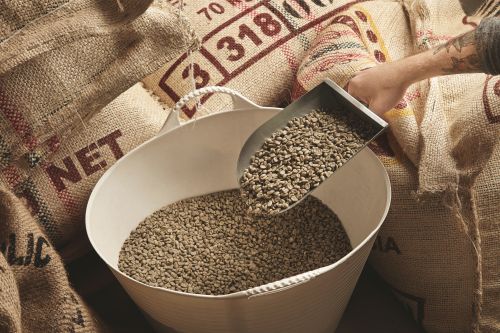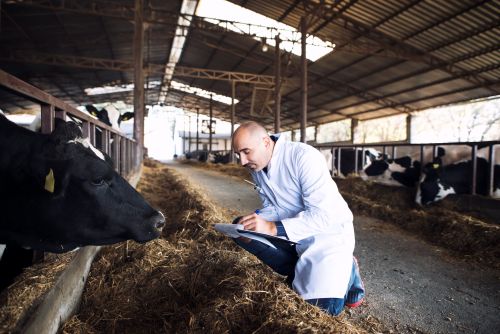
FutureFarming notes that every year, crop growers face significant economic losses due to bird damage to crops.
In a recent study published in Pest Management Science, researchers emphasize the effectiveness of laser scarecrows in reducing damage to sweet corn crops by European rooks.
Lethal and non-lethal solutions
Both lethal and non-lethal deterrent substances are currently available to prevent avian pests from damaging cereal crops. However, lethal control with firearms, traps, or chemical avicides is less favored due to difficulties in obtaining permits and decreasing effectiveness, as birds usually learn to avoid lethal threats.
Additionally, the use of chemical avicides has toxic effects on non-target animal species and the environment. As a result, reports show that growers and researchers frequently turn to non-lethal deterrents to reduce crop damage. But despite the increasing number of non-lethal deterrents on the market today, none seem to offer permanent or singular solutions for bird crop destruction.
In this new study, researchers from the University of Florida and the University of Rhode Island in the USA tested the effectiveness of laser scarecrows in reducing damage to sweet corn in the milking stage by European rooks, in a controlled experimental setting where laser treatments and controls were alternated each day, allowing each flock to feed for 5 days.
Reducing corn damage
Researchers observed a reduction of over 20% in corn damage in plots treated with lasers. "Visible lasers emit a focused and coherent beam of light at a single wavelength, unlike most light sources that emit unpolarized radiation at multiple wavelengths, with different intensities.
Thus, lasers appear to scare birds and trigger escape responses, like other scare devices. Our results, therefore, show that lasers can effectively deter birds that damage crops," they said.
They also observed that birds feeding on natural corn spikes usually perch on corn stalks, forcing them to rotate and exit the laser layer, experiencing more scattering and distraction of the laser and making behavioral avoidance of laser exposure much more difficult for them. Like in larger fields, it seems that natural corn makes lasers quite effective, they said.
"Due to the corn foliage, there is a lack of visibility of the surroundings and potential predators, which increases rooks' perception of predation risk - enhancing the effectiveness of lasers," they said. The hope is that if cost-effective, lasers have great potential as efficient and non-toxic technological solutions to help growers protect their crops from bird damage, they added.
Animals become accustomed to discomfort and distraction as long as the deterrent is not dangerous; this is called habituation.
Distance affects effectiveness?
In this study, the scale was limited to laser effects within a radius of 30 m. Researchers found a very strong laser deterrent effect up to 20 m and little or no deterrence at 30 m.
However, according to the researchers, the distance effect observed in their study is less important or inapplicable in real field conditions, as growers from field studies note that the entire flock simply will not settle in the field after detecting a laser.
"It is therefore important to understand how feeding behaviors of birds in a small-scale study may differ from those of freely flying flocks with access to large sweet corn fields," they said.
In cases where lasers are used to deter birds from crops with long vulnerable periods, it is important to identify the likelihood of laser avoidance or tolerance.
Differences in crop vulnerability
Researchers emphasized that, like with other non-lethal deterrents, laser avoidance may decrease with repeated exposure, as animals become accustomed to discomfort and distraction as long as the deterrent is not dangerous; this is called habituation.
However, sweet corn is a crop suitable for laser deterrence, as it has a narrow window of susceptibility or vulnerability; sweet corn typically has less than a week between the onset of the milking stage and harvesting, and this short window limits habituation development.
Researchers reiterated that "Because tolerant behavior to aversive stimuli can develop through processes similar to habituation, this requires confirmation that certain individual birds have withstood increased direct exposure over time, data that we did not collect."
Researchers also stressed that in cases where lasers are used to deter birds from crops with long vulnerable periods, such as fruits and berries, it is important to identify the likelihood of laser avoidance or tolerance.
Researchers concluded that they encourage further studies on individually marked individuals in both pen and field settings to deepen understanding of the probability of laser habituation or avoidance through habituation and sensitization.





